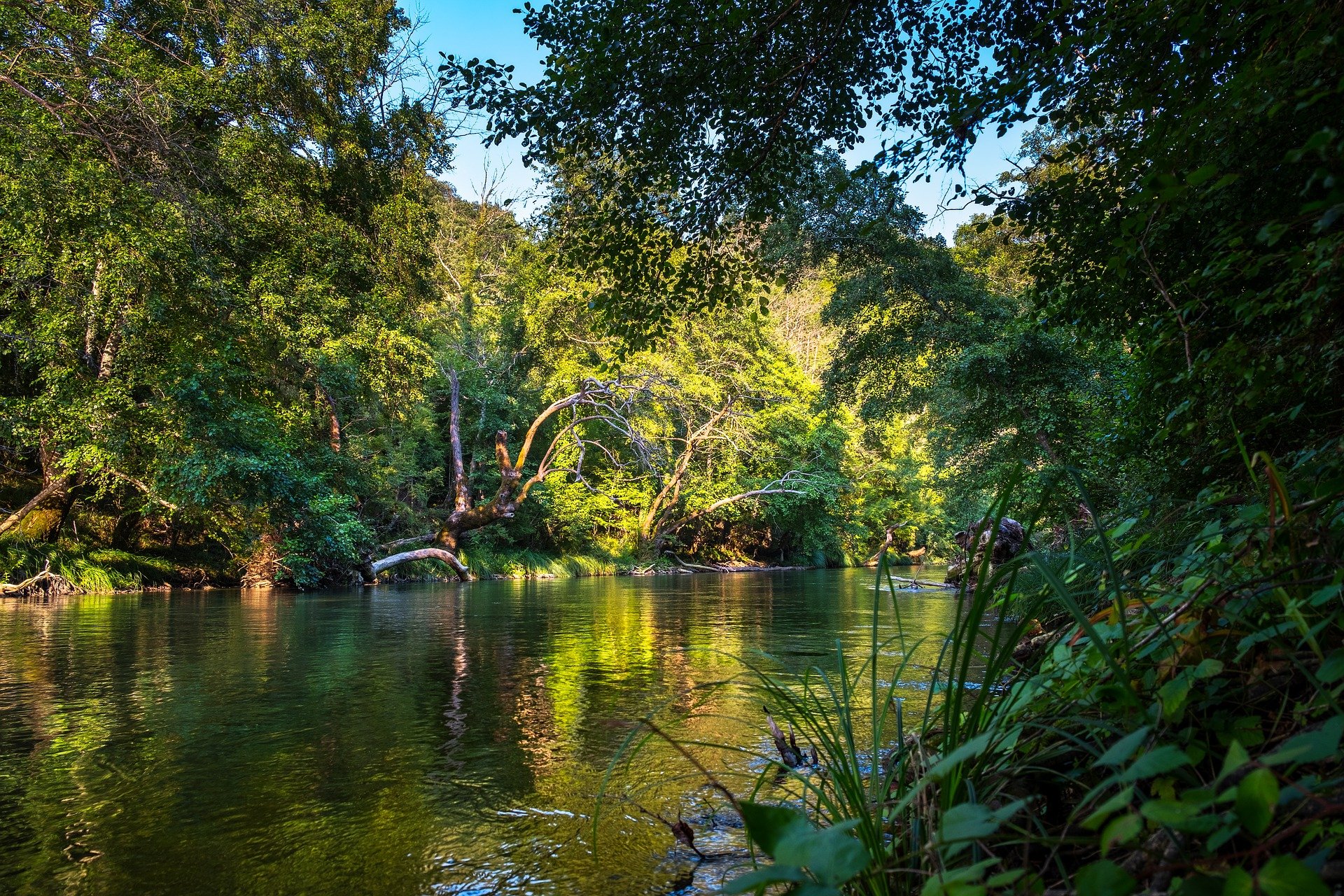Tallinn as the European Green Capital of 2023
Tallinn, the capital of Estonia, is a beautiful medieval city whose historic centre is a UNESCO World Heritage Site. Its beauty doesn’t only lie in its history, however. Tallinn is one of Europe’s greenest cities, with many parks and other green areas spread across the capital. This has led it winning the European Commission’s European Green Capital Award for 2023. As the winner, Tallinn will receive a 600,000€ fund to support the implementation of green projects.
What is the European Green Capital Award?
Initially conceived (coincidentally in Tallinn) in 2006, the European Commission launched the European Green Capital Award in 2008. The award recognises European cities leading the way in environmentally-friendly urban living. The following indicators are evaluated:
- Air Quality
- Water quality and efficiency
- Biodiversity, Green areas, Sustainable Land Use
- Waste and Circular Economy
- Noise
- Climate Change: Mitigation and energy performance
- Climate Change: Adaptation
The title of European Green Capital can give a city an increased international profile, feeling of local pride and momentum to continue promoting environmental sustainability. European Green Capitals are also included in the European Green Capital Network, which promotes exchange of sustainability best practises, and discusses challenges and solutions on the road to a greener Europe. The first winner was Stockholm in 2010, and last year’s award went to Grenoble in France.
What’s so green about Tallinn?
As the European Green Capital Award was first dreamt up in Tallinn, it is fitting that the city receives the award this year. But the reason for its recognition extends beyond symbolic significance. In fact, the city has a long history of encouraging environmental sustainability. The first legal act of nature conservation to protect Tallinn’s nature dates back to the 13th Century, when a Danish king regulated forest-cutting on four of the city’s islands. Tallinn is also a signatory of the Green City Accord, an EU initiative to make cities cleaner, greener and healthier.
Tallinn is a notably green city with dozens of parks. 79% of its residents have access to public green spaces within 250m. Among these spaces are many protected natural sites covering 13.8% of the city’s territory, and around 40 designated sites of national biodiversity importance. Tallinn is home to several rare plants such as the alpine mouse-ear (Cerastium alpinum), a flower found nowhere else in Estonia. Around 150 protected animal species, mainly birds, have been recorded in Tallinn in the past few decades. This is thanks to the city’s rich landscape, which includes diverse habitats ranging from cliffs and coastal dunes to forests, meadows and bogs. Many of these act as migration corridors for animals, and Tallinn is also creating a “Pollinator Highway” to build upon this ecological connectivity.
Planning for the future
In 2021, Tallinn introduced its 2035 Development Strategy. This ambitious plan addresses several aspects of a greener society, from carbon neutrality and climate adaptation to sustainable energy and food production. Through smart urban planning, natural soil will cover at least 65% of Tallinn in the future. As it is located on the Baltic coast, Tallinn is highly vulnerable to the effects of climate change. As a result, it has invested in various measures to combat these effects, including stormwater management systems and street remodelling.
Climate-friendly strategies are included in Tallinn 2035’s goal for urban mobility, which is for its citizens to be able to reach all necessary infrastructure within 15 minutes via soft modes of transport (walking, cycling etc.). By 2035, the city aims for 70% of journeys to be via public or soft transportation. It introduced free public transport for its inhabitants back in 2013, the first European capital to do so. All these measures are part of a wider city Climate Action Plan to adapt to the risks posed by climate change and work towards carbon neutrality by 2050. Part of this plan is a pledge to cut 40% of greenhouse gas emissions by the end of the decade.
We have set these goals because a city like this will allow everyone to make sustainable choices. This city will enable people to choose this lifestyle, not force it upon them.
Tallinn’s ambition and dedication to a biodiverse, climate-resilient and eco-friendly future for its residents has deservingly earned it the European Green Capital Award. Let’s see what’s in store for an environmentally-friendly Tallinn in 2023.








